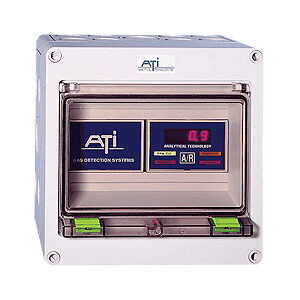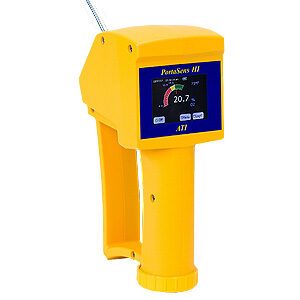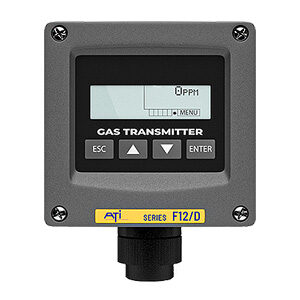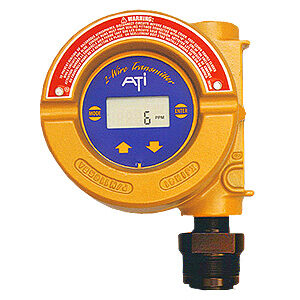
A14/A11 Modular Gas Detector is a flexible component system providing a variety of options to meet individual gas detection and alarm requirements. From chemical and petrochemical plants to food processors, this economical and low maintenance system can be applied to…





